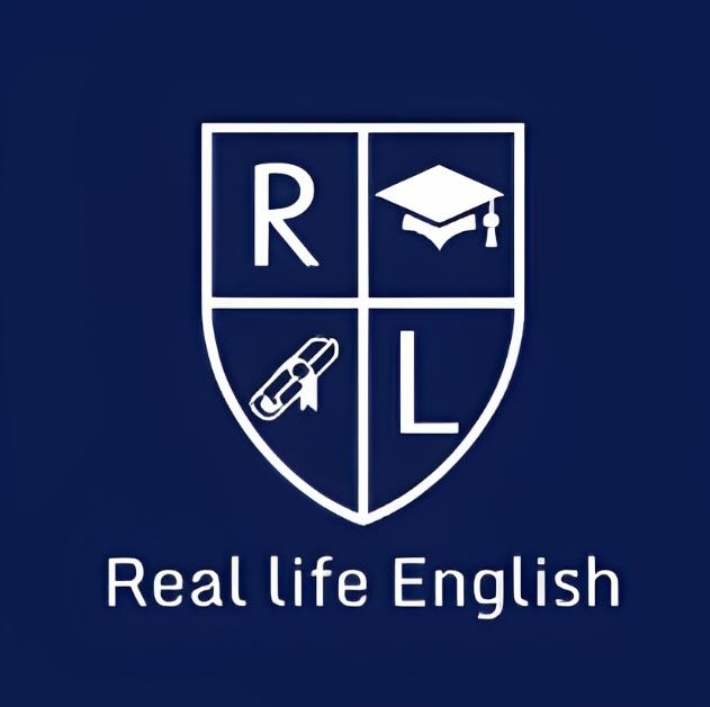Do, does, and did are three important verbs in English that are used to ask questions, make negative statements, and emphasize actions. These verbs are essential for expressing actions in the present and past tenses, as well as forming questions and negative statements.
Do, dose, සහ did යනු ඉංග්රීසියෙන් ප්රශ්න ඇසීමට, නැත යන අර්ථයේ ප්රකාශ කිරීමට සහ ක්රියාවන් අවධාරණය කිරීමට භාවිතා කරන වැදගත් පද තුනකි. වර්තමාන සහ අතීත කාලවලදී ක්රියා ප්රකාශ කිරීමට මෙන්ම ප්රශ්න සහ නැත යන අර්ථයේ ප්රකාශ සෑදීමට මෙම ක්රියා පද අත්යවශ්ය වේ.
Do/Dose
👉First, let's take a look at the present tense forms of "do" and "does". "Do" is used for the subjects "I", "you", "we", and "they", while "does" is used for the third person singular subjects "he", "she", and "it".
👉මුලින්ම "DO" සහ "DOSE" හි වර්තමාන කාල ආකාර දෙස බලමු. "I-මම", "YOU-ඔබ", "WE-අපි" සහ "THEY-ඔවුන්" සඳහා "Do" භාවිතා වන අතර, "Dose" He/She/It යන ඒකවචන වචන සඳහා භාවිතා වේ.
🔖- I do my homework every day. (මම කරනවා මගේ ගෙදරවැඩ හැමදාම )
🔖- She does her laundry on Sundays. (ඇය කරනවා ඇයගේ රෙදි සේදීම(laundry) ඉරිදා
👉In the negative form, we simply add "not" after the auxiliary verb "do" or "does". For example:
👉නැත ආකාරයෙන්, අපි සරලව "do" හෝ "does" යන පදයට පසුව "not" එකතු කරමු.
🔖 I do not like spicy food. (මම නැහැ කැමති සැර කෑමට)
🔖 He does not drink coffee in the morning. (ඔහු නැත බොන්නේ කෝපි උදේ )
👉To form a question in the present tense, we simply invert the subject and the auxiliary verb "do" or "does".
👉වර්තමාන කාලය තුළ ප්රශ්නයක් සෑදීමට, අපි "do" හෝ "does" වාක්යයේ මුලට යොදන්නෙමු
For example:
🔖Do you play soccer on weekends? (කරනවාද? ඔබ පාපන්දු ක්රීඩා සති අන්තයේ )
🔖Does she speak French fluently? ( කරනවාද? ඇය කතාකරනවා ප්රංශ චතුරව) dose යන පදය මුලට දැමීම නිසා ප්රශ්න ස්වරූපයක් බිහි විය.
DID
👉Now, let's move on to the past tense form of "do", which is "did". "Did" is used for all subjects in the past tense.
👉දැන්, අපි "did" යන අතීත කාල ස්වරූපයට යමු, "Did" යනු do හි අතීත කාලයයි. සියලුම නාම පද වලට භාවිතා වේ. ඒකවචන බහු වචන භේදයක් නොමැත.
For example:
🔖 I did my laundry yesterday. (මම කළා මගේ රෙදි සේදීම ඊයේ)
🔖 They did not go to the party last night. (ඔවුන් නැත ගියේ සාදයට ඊයේ රාත්රියේ )
👉To form a question in the past tense, we use the auxiliary verb "did" followed by the subject and the base form of the verb.
👉අතීත කාලයෙන් ප්රශ්නයක් සැකසීමට, අපි "did" යන පදය වාක්යයක මුලට යොදන්නෙමු.
For example:
🔖Did you finish your homework yesterday? ( කළාද? ඔබ අවසන් ඔබගේ ගෙදර වැඩ ඊයේ )
🔖Did not she watch the movie last night? (නැද්ද? ඇය බැලුවේ චිත්රපටිය ඊයේ රෑ )
👉It's important to note that in negative statements in the past tense, we use the auxiliary verb "did not" followed by the base form of the verb.
👉අතීත කාල නැත අර්ථයේ වලදී, "do" යන පදයට පසුව not භාවිතා කරන බව සැලකිල්ලට ගැනීම වැදගත්ය.
For example:
🔖 I did not see the movie yesterday. (මම නෑ බැලුවේ චිත්රපටිය ඊයේ.)
🔖 They did not study for the exam. (ඔවුන් නැත පාඩම් කළේ විභාගයට )
👉In conclusion, "do", "does", and "did" are important auxiliary verbs in English that are used to express actions in the present and past tenses, form questions, and make negative statements. With practice and understanding of their usage, learners of English can improve their communication skills and effectively express themselves in various situations.
👉අවසාන වශයෙන්, "do", "does" සහ "did" යනු වර්තමාන සහ අතීත කාලවලදී ක්රියා ප්රකාශ කිරීමට, ප්රශ්න සෑදීමට සහ නැත අර්ථයේ ප්රකාශ කිරීමට භාවිතා කරන ඉංග්රීසි භාෂාවේ වැදගත් පද වේ. ඒවාගේ භාවිතය පිළිබඳ පුහුණුව සහ අවබෝධය සමඟින්, ඉංග්රීසි ඉගෙන ගන්නන්ට සන්නිවේදන කුසලතා වැඩිදියුණු කර ගැනීමට සහ විවිධ අවස්ථාවන්හිදී ඵලදායී ලෙස ප්රකාශ කිරීමට හැකිය.



